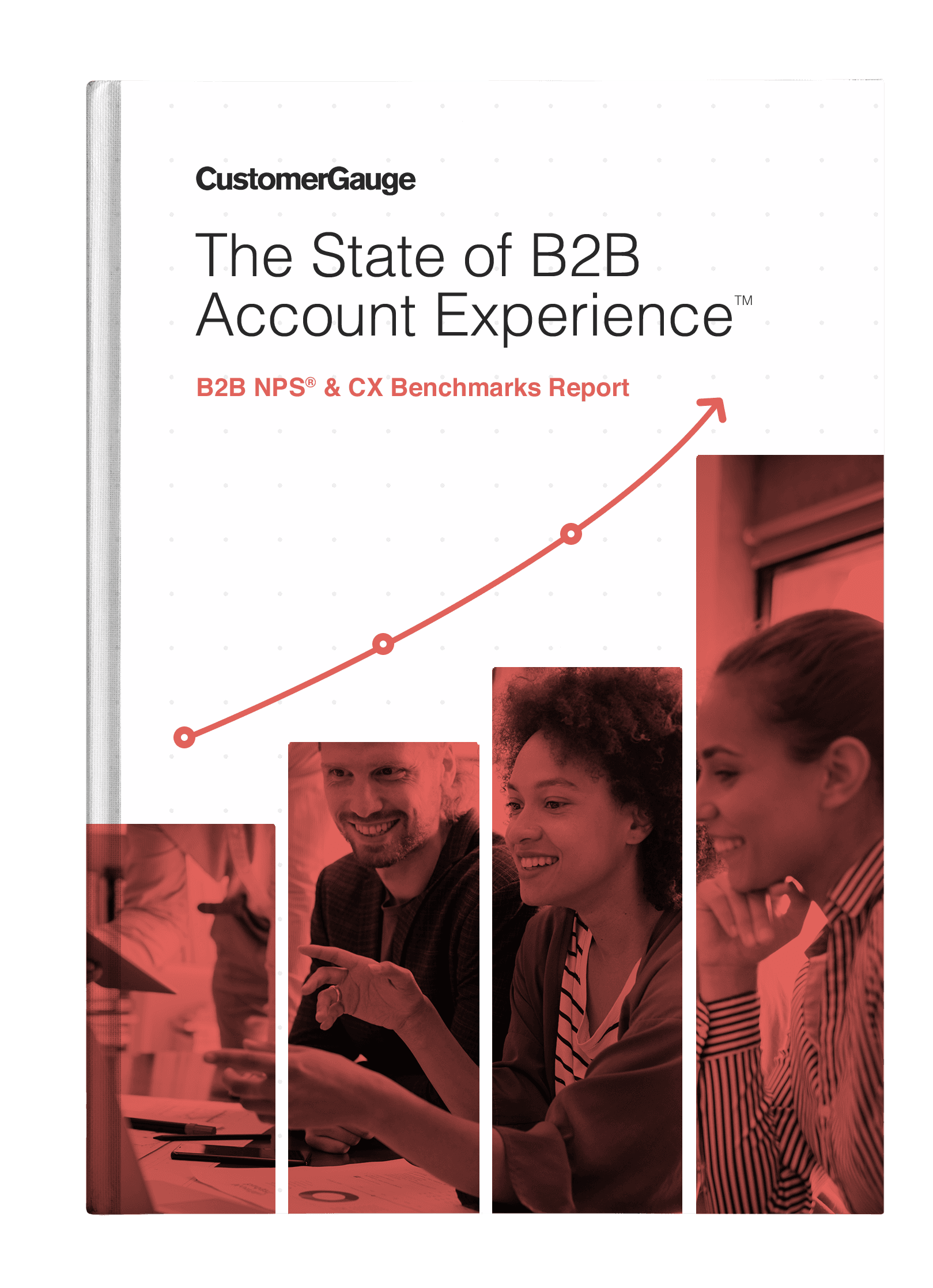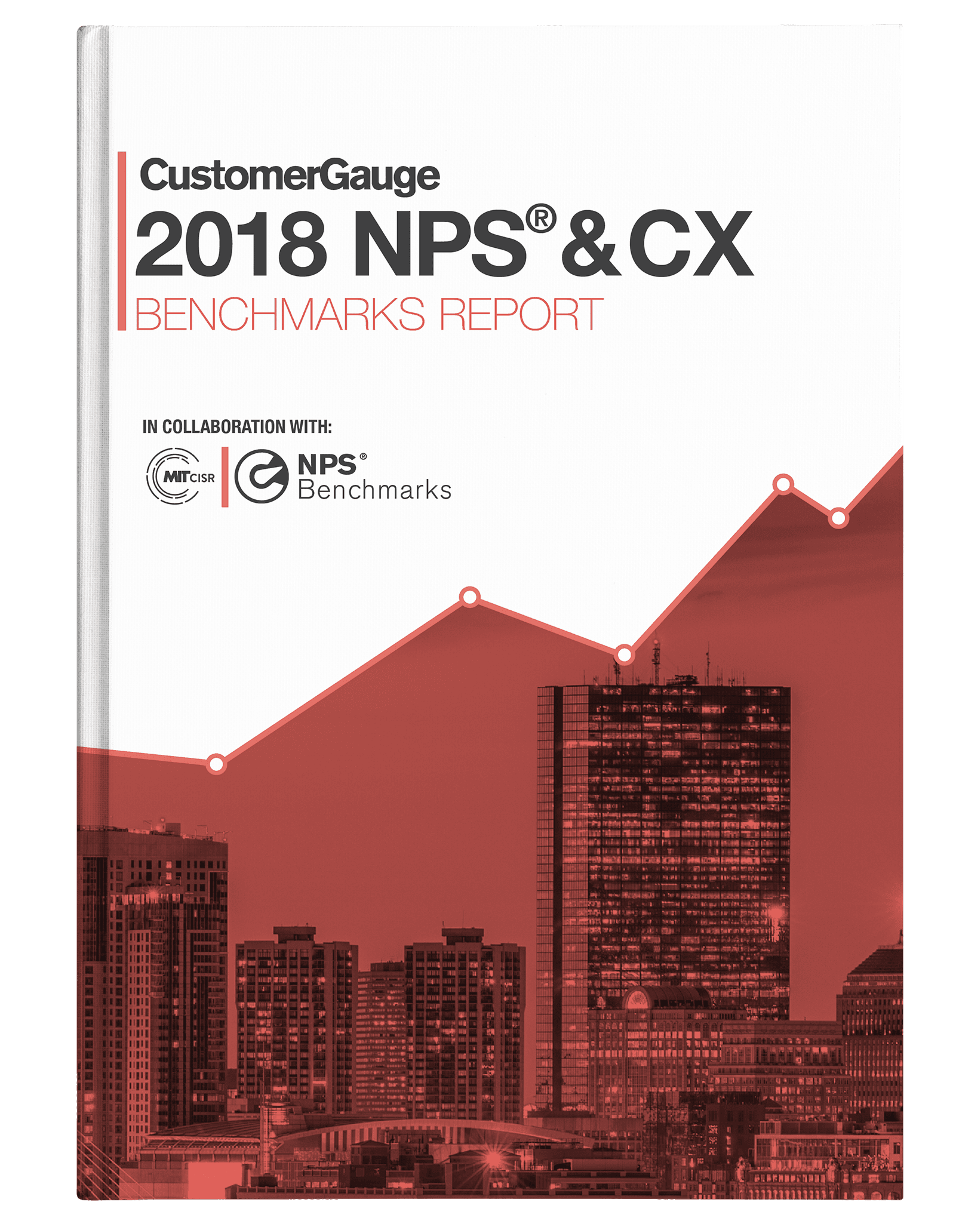Top 3 Best SaaS Companies to Work for Based on eNPS®
by Ian Luck
In our last blog we introduced the employee Net Promoter Score® (eNPS) as a metric designed to gauge employee loyalty. We covered the risks and costs associated with employee churn, as well as the benefits of having a positive score.
In this article, we'll look at three software companies with strong employee Net Promoter Scores according to employee responses on Comparably and other resources. We’ll then determine how each company achieved their status through forward-thinking strategies targeted at enhancing employee experience and engagement. Read on to see what makes Adobe, HubSpot, and Salesforce stand out from other SaaS companies and why technology, inclusivity, and transparency have made a difference in their business.
HubSpot, eNPS = 91
Since its start-up days, HubSpot placed a lot emphasis on cultivating the right culture according to its values.
However, HubSpot’s employee experience weathered a few controversies and attacks in recent years. In 2016, the firm was singled out for its mediocre diversity ranking—89% of the company’s employees were under the age of 35, while 85% were white.
In response to the allegations, HubSpot’s Chief People Officer, Katie Burke, boldly published the company’s 2016 Diversity Data, along with a transparent plan of what HubSpot planned to do to rectify their previous grievances and the progress they’ve had so far.
During an interview with TechTarget in February, 2018, Burke commented that she was proud of HubSpot for “owning the experience.” The company acknowledged the areas it wanted to improve, then tackled the issue head-on. In just over a year, HubSpot redefined its employee hiring process, addressed minority group needs, and established multiple initiatives to support women in the company.
“Inclusion is how welcoming your employee base and employee experience feels to all of your employees. And so, what we use on a regular basis is our employee Net Promoter Score survey, which gives us a lot of really valuable feedback on pockets of the organization where we hope to improve...”
By using the employee Net Promoter System®, Hubspot distinguished the needs of different employees and established appropriate strategies in order to meet them. Today, HubSpot hosts a variety of Employee Resource Groups designed promote community and inclusivity throughout the company. Completely employee-run, the groups help promote safe, open environments that embrace personal and professional growth.
The company’s latest diversity data has shown significant improvement—41% of all HubSpot employees are now female. What’s more, there are now 133 (45% total) women in leadership roles—almost double the number in 2016. HubSpot also saw a 3% increase in the number of minority-identifying employees working in technical roles.
The changes didn’t go unnoticed. Just this year, HubSpot ranked No. 15 in the Best Workplace for Millennials list according to Fortune. The company now receives employee feedback on a quarterly basis, noting that annual surveys aren’t frequent enough to make necessary changes.
With an eNPS of 91, the the company outranks its competitors by a wide margin. With a new, inclusive mindset and passion for continuous improvement, HubSpot raised the bar for employee experience.
Salesforce, eNPS = 58
Beyond being spotlighted as an NPS champion on our most recent benchmarks report, Salesforce—a customer relationship management software business—has been regularly lauded for its forward-thinking corporate culture and environment. In 2017, the company was No. 1 on Fortune’s annual list of 100 Best Companies to Work For. At the heart of Salesforce’s success with employee experience are technological innovation and an employee-centric approach.
Solving for Employees
From the start of her Salesforce career as the Head of Competitive Marketing, Jody Kohner, now Senior VP of Employee Marketing & Engagement, noticed the passion and dedication that Salesforce employees exuded. Their spirit and enthusiasm even impacted customer acquisition—prospects would often convert to customers after meeting and interacting with Salesforce employees.
“Coming from a marketing background, the first thing I asked was: ‘Who is my customer?’ The answer was my Salesforce employees. My next question was: ‘How can I build a great experience for them at every stage of their journey?’”
Kohner understood that in order to nurture great employee experience, she needed to solve for the unique needs of each employee group. For example, a new employee needed a different experience from someone who has been with Salesforce for 15 years. Her strategy involved identifying needs at every stage of the full employee life cycle. In turn, this process influenced the kinds of programs and solutions she would later implement to solve for end-user needs.
In an effort to promote gender equality, Salesforce initiated a program to eliminate the wage gap. To date, the company spent $6 million to ensure that every employee was compensated fairly.
Using Technology to Enhance Employee Experience
In just 5 years, Salesforce expanded its workforce from 13,000 people to 32,000. On-boarding thousands of new hires each year provided multiple challenges for the company as it needed to adjust its operational, cultural, and technological capabilities.
The IT team stepped up to the challenge of rethinking EX. At the time, employees struggled to find the information they needed on the company’s internal platform, leaving the IT department overwhelmed with tickets. The solution was to introduce a few apps that would replace the company’s intranet. After a successful application, the self-service apps answered 95% of employee needs in real-time. In an interview with HBR, Jody Kohner comments:
“Today’s employees want social, mobile, intelligent, and connected technologies—the same as the ones they are using outside of work.”
The company established a worldwide practice of data transparency. The idea originated from a desire to measure success and progress in a way that would motivate employees and encourage collaborative problem-solving at an inter-departmental level. The system was called V2MOM, or Vision, Values, Methods, Obstacles and Metrics.
V2MOM is updated by the CEO and executive management every year and helps develop quarterly goals for all departments and employees. What’s more, the platform is public, meaning that every employee has access to the goals and progress of any department.
Salesforce uses a similar approach for monitoring employee engagement. The company sends out employee satisfaction surveys twice a year and publishes the results in a company app. Just like V2MOM, the results are transparent. The formal approach to evaluating and measuring engagement helps managers keep employee experience at the forefront of their duties. What’s more, every department is responsible for establishing goals and KPIs to improve even further.
Today, the average employee tenure at Salesforce is 3.3 years—on the higher end of the industry average for Silicon Valley employees at SaaS companies.
Today, Salesforce is valued at $3.3 billion. The company impressively beat its revenue-growth expectations for 12 consecutive quarters and aspires reach more milestones in the future. With a goal of $20 billion in revenue by fiscal year 2022, Salesforce is off to a great start by leveraging its workforce to become its greatest advocates.
Adobe, eNPS = 57
It should be no surprise that Adobe—the company that developed the PDF format and brought us game-changing software like Photoshop—is as serious about its employee experience as it is about its product.
Adobe was an early adopter of eNPS and has been making advances in their culture ever since. Their key to success? Give employees the same treatment the company gives its customers.
Mapping the Employee Journey and Establishing Personas
When Adobe’s CIO, Cynthia Stoddard, joined the company 2 years ago, she saw the value in strengthening employee retention by building up experience. “When you think about our offerings across Creative Cloud, Document Cloud, and Experience Cloud, Adobe is offering a phenomenal digital experience to customers,” she writes in the Adobe company blog.
“I wanted to make sure we were bringing those insights and the same world-class experience to our internal customers—our employees—because happy employees naturally lead to happier customers.”
To do so, Cynthia aimed to match Adobe’s work environment with the “personalized and design led” experiences her employees were accustomed to in everyday life. She mapped her employee journey and established unique employee personas: Builder, Enabler, Customer-facing and Communicator.
Then, she tailored the working environment to match each persona. For example, a Builder’s objective is to create effective UX in their software, meaning that his resources would be different from that of a Communicator.
By optimizing the opportunities, tools, and digital environment of each persona, Cynthia’s employee experience IT group was able to minimize work complexity and solve for her workforce’s unique needs.
Creating a Constructive Working Environment
At Adobe, employee experience covers everything from office infrastructure to premium, competitive benefits.
Adobe HQ. In 2016, Adobe opened the doors to its new, cutting-edge HQ compound in San Jose. It wasn’t just a matter of space. The company was eager to reflect their present-day values, culture and workforce through the design and atmosphere of their main offices.
Complete with multiple work floors, the new 162,600 sqft space also comprises a Customer Experience Center, Wellness Center, as well as new cafes and lobbies. By providing a collaborative, easy-to-work-in space, Adobe put the end users—their employees—first. And the best part? The HQ never runs out of free food!
Benefits that make a difference. Adobe understands the importance of work-life balance for employees, and its generous package matches that promise. The company has 18 paid holiday days in 2018 and has planned 19 more for 2019.
In addition, most employees are offered unlimited vacation time based on department approval. The company offers sabbaticals along with leaves of absence for medical, personal, family, parental, and military purposes. The company’s superior maternity leave and flexible, family-friendly culture earned Adobe a spot on the Working Mother Magazine’s Best Company list.
Adobe holds its employees in high regard, and the respect goes both ways. The company’s average employee tenure is 5.3 years. This kind of retention beats companies like Facebook (2.02 years), Google, (1.90 years) and Microsoft (1.81 years). Adobe is an excellent example of how loyalty can impact employee retention.
Parting Thoughts
Adobe, Salesforce, and HubSpot have all made this list thanks to their transformative employee experience, technological innovation, awards for EX best practices, and, of course, employee Net Promoter Scores. By approaching their employees with the same care as their customers, these SaaS companies were able to identify the diverse needs of their workforce. This helped the companies establish programs that promote cultures of transparency, diversity, and collaboration.
Today, Adobe, Salesforce and HubSpot practice eNPS continuously as they diligently survey their employee engagement multiple times a year. By gathering feedback and listening to their workers, the companies have created a loyal force of brand advocates that are motivated to see their company succeed and emerge as a leader in innovation.
Blog Home









